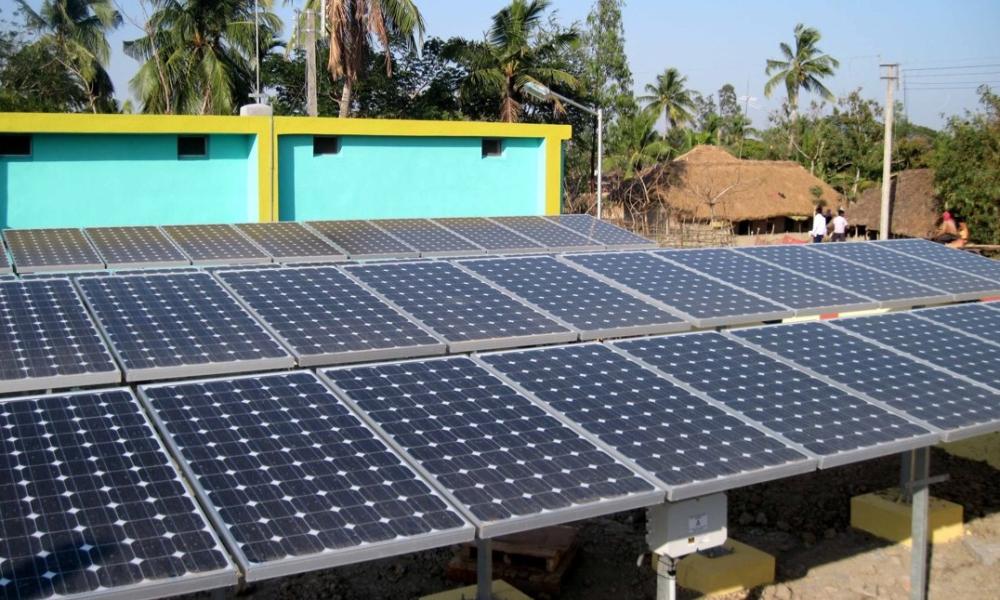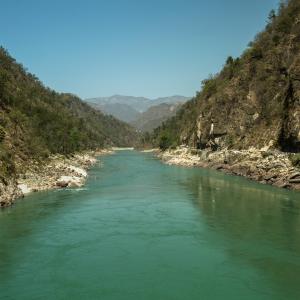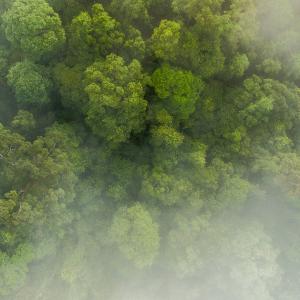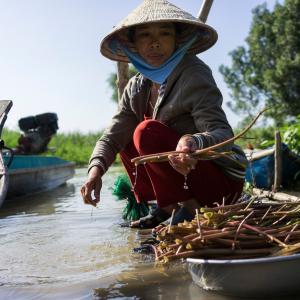The Energy Transition pillar of the Climate Solutions Partnership aims to accelerate a fair and affordable transition to a resilient, net zero economy in China, India, Indonesia and Vietnam by removing barriers and incentivising renewables and energy efficiency technologies.

The Energy Pillar of the Climate Solutions Partnership focusses on:
The Energy Pillar of the Climate Solutions Partnership focusses on:
Raising corporate and Government ambition
Working with fast-growing sectors such as textile and technology, as well as industrial parks pilot, implement and scale clean energy solutions.
Growing low carbon and financing opportunities
Advocating on clean energy transition solutions, national and subnational policy and regulations needed to remove barriers to commercialise renewable energy at scale and mobilise finance to accelerate deployment of clean energy solutions.
Demonstrating efficient and renewable energy solutions
Providing technical assistance to local companies, electric utilities to help evolve their business, service models and commercial offerings to be driven by efficient and renewable energy solutions
Sharing knowledge and building capacity
Facilitating regional and bi-lateral sharing of best practices to help economies learn from each other and push the pace of Energy Transition.

Why the focus on Asia?
Why the focus on Asia?
- Asia currently leads the global rise in energy demand. A successful energy transition from fossil fuels to renewables in this region is therefore critical to tackle climate change.
- The partnership includes renewables and/or energy efficiency programmes in China, India, Indonesia, Vietnam – who combined account for approximately 35% of the world’s power consumption*
- These countries have high potential for renewable energy such as solar, wind and other sources.
- The Partnership aims to support Asia’s energy sector to shift towards renewables, and scale efficiency initiatives in high emitting sectors - such as textiles, ICT and dairy.
- Our work in this space will facilitate the sharing of best practices to help markets learn from each other and help accelerate the pace of the energy transition.
- These learnings will enable recommendations on the national and regional policies needed for the large-scale commercialisation of clean energy solutions.

Case study
Case study
Energy transition for India's dairy sector
In India, over 3% or close to 6 million tonnes of milk gets wasted yearly due to unreliable electricity supply. Poor quality of milk causes a loss of income for farmers due to infrastructural challenges. Other challenges include high transportation costs and the time needed for delivering milk to the nearest milk chilling centres. Adopting solar-based and efficient chilling technology solutions can help increase production efficiency and reduce waste in the supply chain and can play a crucial role in making clean energy transformation possible.
To minimize waste, milk needs to be cooled at the source to increase its shelf life. To provide refrigeration and because of erratic energy supply, milk producers largely depend on diesel generators (DG), which makes the cooling process expensive and leads to carbon emissions.
The Climate Solutions Partnership is a five-year philanthropic collaboration between WWF, the World Resources Institute, HSBC, and a network of local partners to scale climate solutions. One of the goals we hope to achieve together is to accelerate the energy transition for India's booming dairy sector towards low-carbon future, with a specific focus on the cold chain segment of the value chain.
WWF India are working across the two largest milk-producing states, Uttar Pradesh and Rajasthan where 30 decentralized solar photovoltaic (PV) systems (including battery storage) have been installed. With a combined chilling capacity of 110 kilowatt 'peak' (kWp) these help preserve over 17,000 litres of milk per day.



